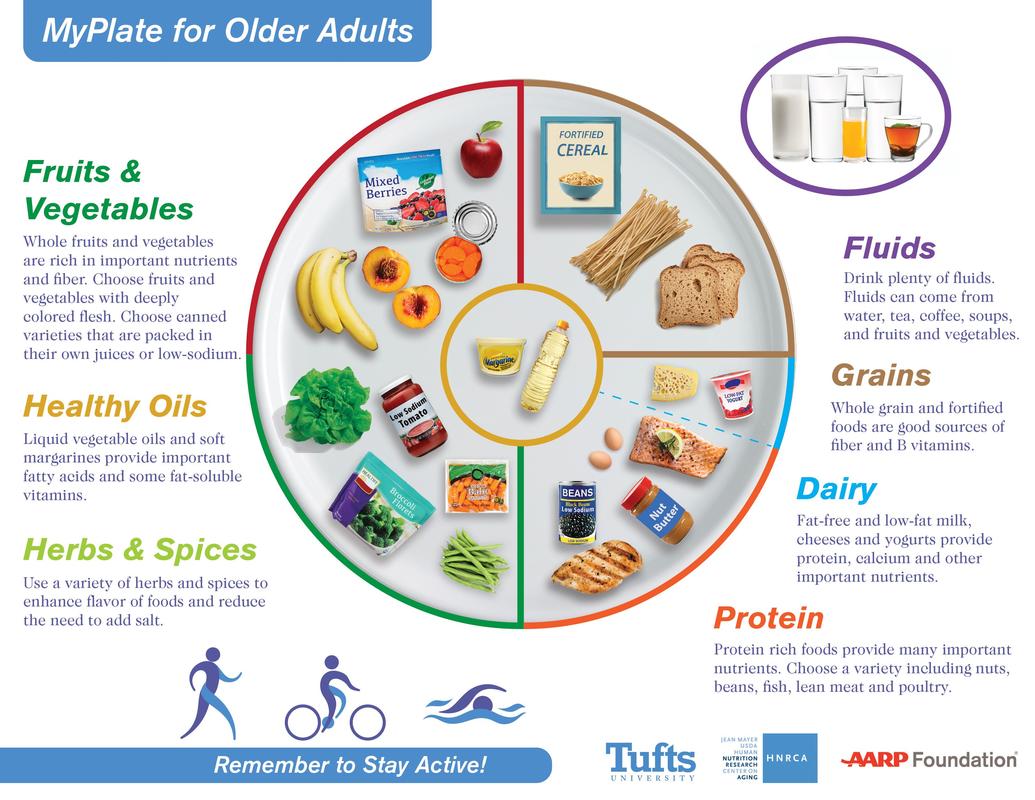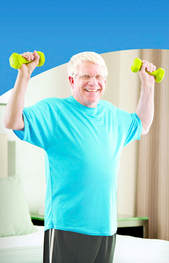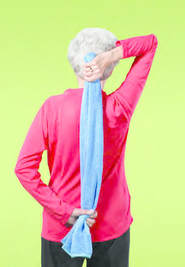Senior Resources
Below you will find resources specific to older adults. Provided are links to the Imperial County's Area Agency on Aging, curriculum from the United States Department of Agriculture, resources from the National Institute on Aging, and more.
Tips Sheets
|
Choosing Healthy Meals as You
Get Older |
Healthier Eating and Physical Activity: Tips for Older Adults
|
Protein: Be Strong, Be Active.
For Active Older Adults |
|
|
|
|
Imperial County's Area Agency on Aging
|
The Imperial County's Area Agency on Aging offer's a variety of services for seniors throughout the Imperial Valley. These services include:
Congregate meals Transportation to designated congregate sites Home delivered meals Respite care Assistance in gaining access to services Legal advice Individual counseling Support groups Caregiver training Health insurance counseling and advocacy More... |
Phone:
(442) 265-7000 Address: 778 W. State Street El Centro, CA 92243 |
Eat Smart, Live Strong: Nutrition Education for Older Adults
The United States Department of Agriculture has a curriculum called Eat Smart, Live Strong which is specifically targeted towards older adults. It is an intervention designed to improve fruit and vegetable consumption and physical activity among 60-74 year old's participating in or eligible for nutrition assistance programs.
The Eat Smart, Live Strong Activity Kit promotes two key behaviors:
Consume 3 1/2 cups of fruit and vegetables per day
Participate in at least 30 minutes of physical activity most days of the week
For information on development of the intervention,
see the Project Overview
The Eat Smart, Live Strong Activity Kit promotes two key behaviors:
Consume 3 1/2 cups of fruit and vegetables per day
Participate in at least 30 minutes of physical activity most days of the week
For information on development of the intervention,
see the Project Overview
MyPlate for Older Adults
MyPlate for Older Adults is based on the 2015-2020 Dietary Guidelines for Americans. Most guidelines apply to adults of any age, while the new MyPlate offers adjustments to meet the needs of older Americans. The MyPlate for Older Adults was developed by Tufts University with support from AARP.
Fruits and veggies dominate. Half of your plate should be fruits and vegetables. Dark, leafy vegetables are particularly rich in nutrients.These plant-based foods also play an important role in fiber consumption.
Colorful choices are healthy. Whole fruits and vegetables with deeply colored flesh are best (e.g. berries, cherries, kale, red bell pepper)
Frozen and canned foods are fine. For seniors, canned and frozen foods can be convenient alternatives. They last longer than fresh produce, may simplify portion control, and control food waste. Choose canned goods packed in 100% juice or in low-sodium, no-salt-added varieties. Frozen fruits and vegetables are picked at their peak, and flash frozen, therefore they provide the same amount, if not more, nutrients than fresh.
Calories matter. As people get older, their need for energy from food decreases. So it is important to strategically consume more nutrient-dense foods, which provide fewer calories.
Salt is off the table.
Herbs and spices boost flavor. In order to minimize salt consumption, use herbs and spices to enhance the flavor of foods.
Healthy oils for healthy fat. Liquid vegetables oils and soft margarine fill the center MyPlate circle. That’s because they provide an important source of fatty acids and some fat-soluble vitamins.
Don't forget fluids. Water, tea, coffee, soups and even fruits and vegetables provide essential fluid. There can be a disconnect between thirst and hydration, Lichtenstein said. "When we're younger, we pretty much get thirsty when we need fluid," she said. "When we get older, that's not always the case."
Protein comes in many sources. Nuts, beans, fish, lean meat and eggs all provide protein. MyPlate recommends choosing a variety of sources, including certain dairy products.
Dairy has a place. Milk, cheeses and yogurts contain calcium, protein and other nutrients. The key is choosing fat-free or low-fat versions, according to MyPlate.
Grains give fiber. Whole grains, such as pasta and bread, and fortified foods including cereal provide dietary fiber and B vitamins. "For older adults, there's more emphasis on grains – especially whole grains," Lichtenstein says.
The "active" ingredient. To emphasize the importance of regular exercise for seniors, physical activity is incorporated in the "placemat" section of the new MyPlate, with symbols of walking, biking and swimming.
Source: https://health.usnews.com/wellness/articles/2016-05-25/myplate-for-older-adults-adjusts-eating-guidelines
Colorful choices are healthy. Whole fruits and vegetables with deeply colored flesh are best (e.g. berries, cherries, kale, red bell pepper)
Frozen and canned foods are fine. For seniors, canned and frozen foods can be convenient alternatives. They last longer than fresh produce, may simplify portion control, and control food waste. Choose canned goods packed in 100% juice or in low-sodium, no-salt-added varieties. Frozen fruits and vegetables are picked at their peak, and flash frozen, therefore they provide the same amount, if not more, nutrients than fresh.
Calories matter. As people get older, their need for energy from food decreases. So it is important to strategically consume more nutrient-dense foods, which provide fewer calories.
Salt is off the table.
Herbs and spices boost flavor. In order to minimize salt consumption, use herbs and spices to enhance the flavor of foods.
Healthy oils for healthy fat. Liquid vegetables oils and soft margarine fill the center MyPlate circle. That’s because they provide an important source of fatty acids and some fat-soluble vitamins.
Don't forget fluids. Water, tea, coffee, soups and even fruits and vegetables provide essential fluid. There can be a disconnect between thirst and hydration, Lichtenstein said. "When we're younger, we pretty much get thirsty when we need fluid," she said. "When we get older, that's not always the case."
Protein comes in many sources. Nuts, beans, fish, lean meat and eggs all provide protein. MyPlate recommends choosing a variety of sources, including certain dairy products.
Dairy has a place. Milk, cheeses and yogurts contain calcium, protein and other nutrients. The key is choosing fat-free or low-fat versions, according to MyPlate.
Grains give fiber. Whole grains, such as pasta and bread, and fortified foods including cereal provide dietary fiber and B vitamins. "For older adults, there's more emphasis on grains – especially whole grains," Lichtenstein says.
The "active" ingredient. To emphasize the importance of regular exercise for seniors, physical activity is incorporated in the "placemat" section of the new MyPlate, with symbols of walking, biking and swimming.
Source: https://health.usnews.com/wellness/articles/2016-05-25/myplate-for-older-adults-adjusts-eating-guidelines
Go4Life
Go4Life is an exercising and physical activity campaign from the National Institute on Aging at NIH designed to help you fit exercise and physical activity into your daily life. Go4Life offers exercises, motivational tips, and free resources to help you get ready, start exercising, and maintaining that momentum.
Workout to Go
Try These Exercises
Tip Sheets
Exercise and Physical Activity: Your Everyday Guide from the National Institute on Aging
Workout to Go
Try These Exercises
Tip Sheets
Exercise and Physical Activity: Your Everyday Guide from the National Institute on Aging
|
Workout to Go
|
More Exercises
|



